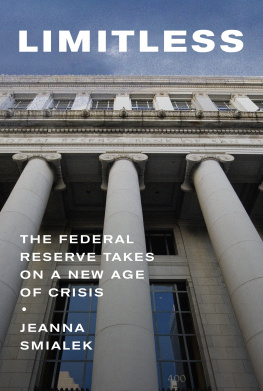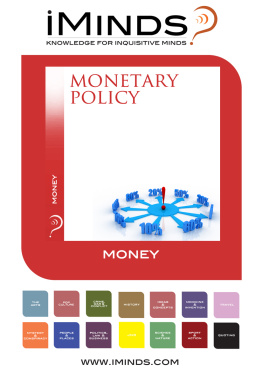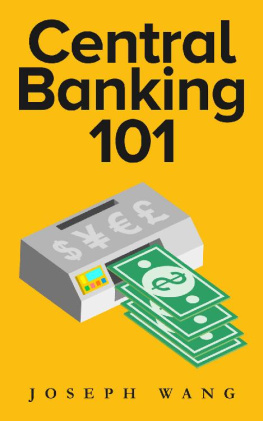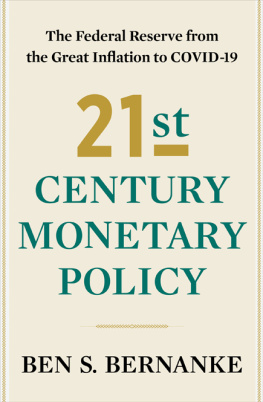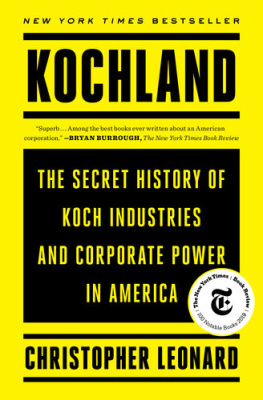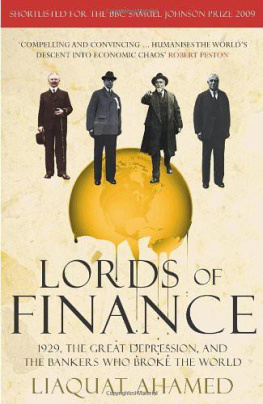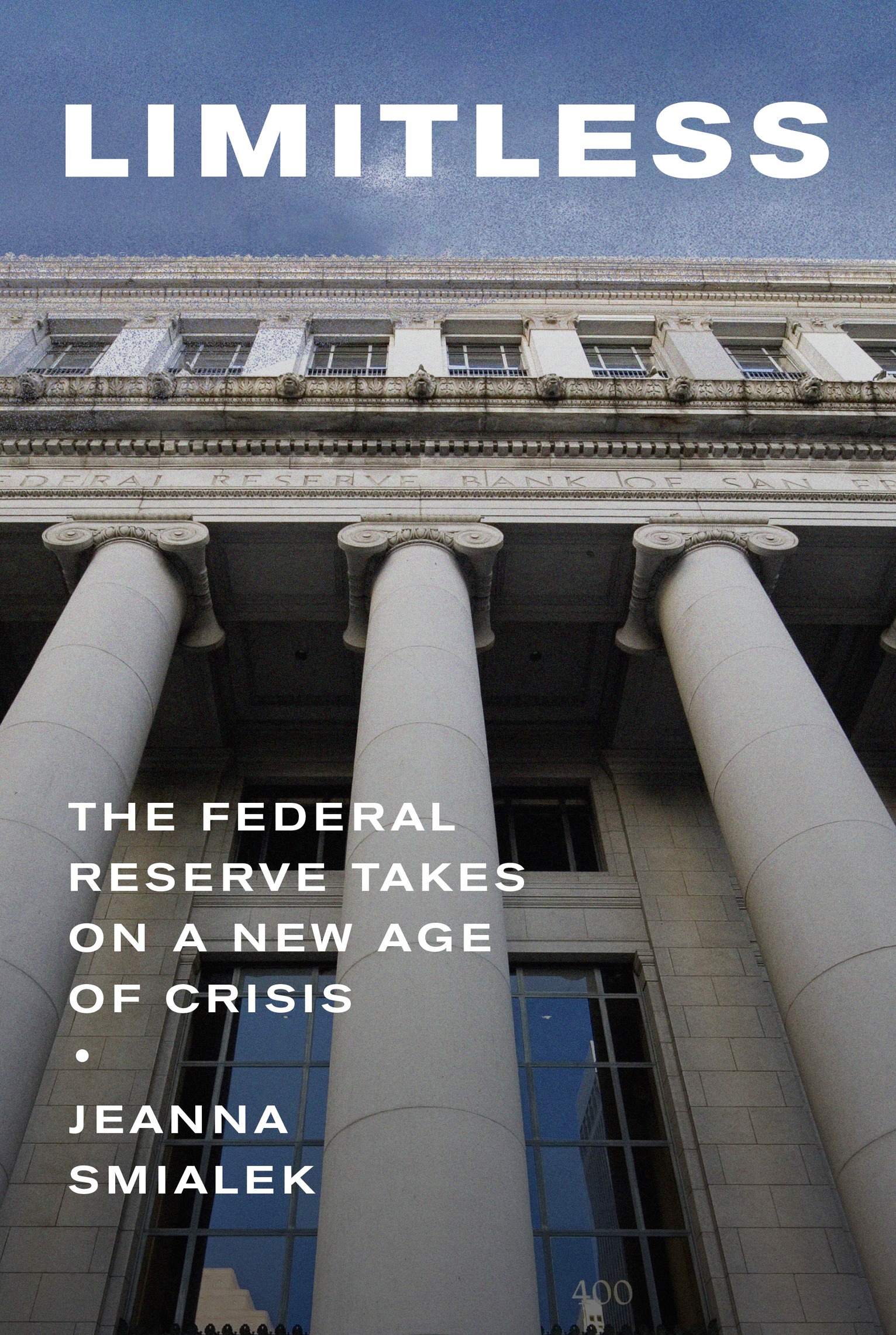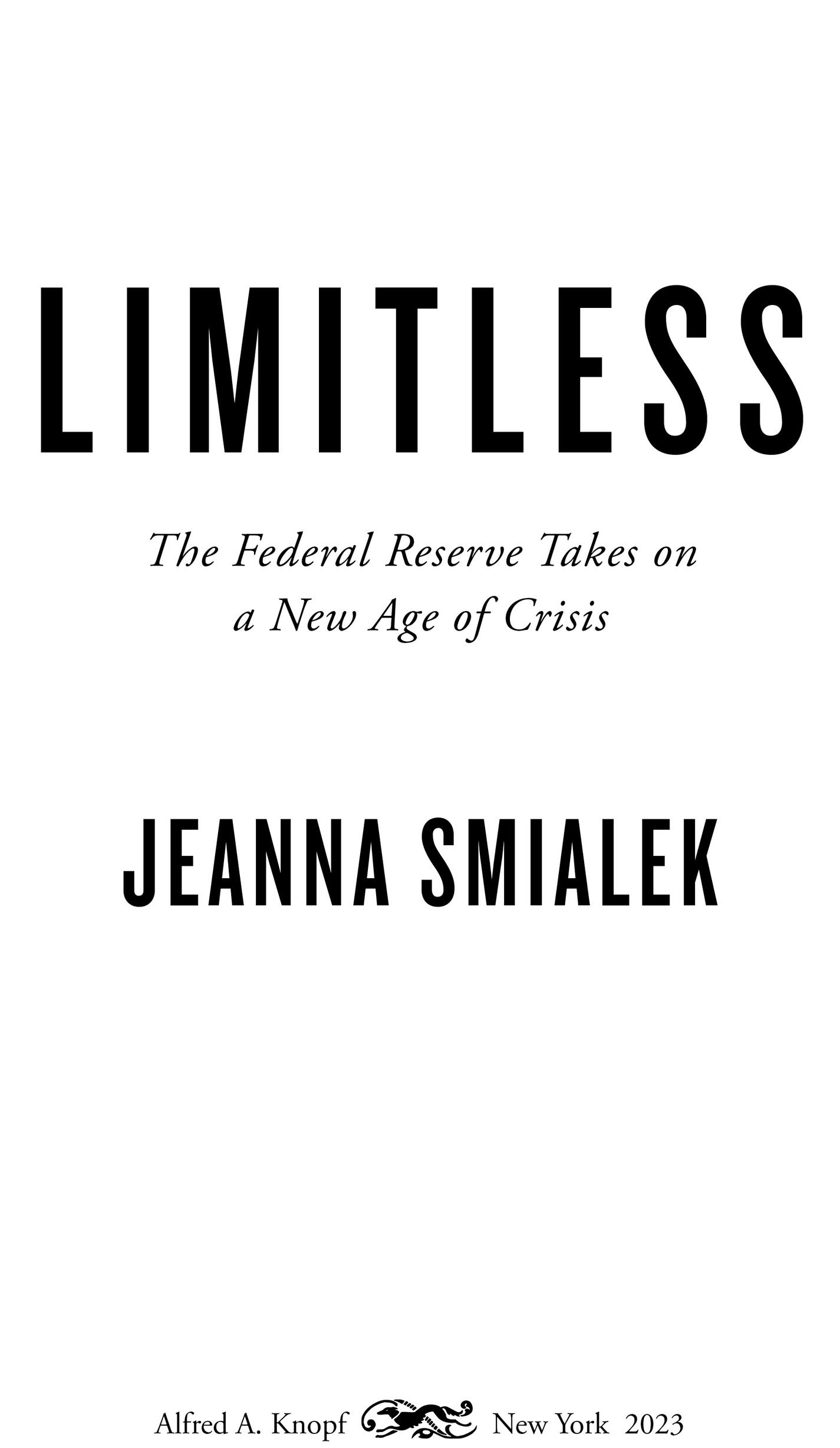Contents
Landmarks
Print Page List
This Is a Borzoi Book
Published by Alfred A. Knopf
Copyright 2023 by Jeanna Smialek
All rights reserved. Published in the United States by Alfred A. Knopf, a division of Penguin Random House LLC, New York, and distributed in Canada by Penguin Random House Canada Limited, Toronto.
www.aaknopf.com
Knopf, Borzoi Books, and the colophon are registered trademarks of Penguin Random House LLC.
Library of Congress Cataloging-in-Publication Data
Names: Smialek, Jeanna, 1991 author.
Title: Limitless : the Federal Reserve takes on a new age of crisis / Jeanna Smialek.
Description: First edition. | New York : Alfred A. Knopf, [2023] | Includes bibliographical references.
Identifiers: LCCN 2022024145 | ISBN 9780593320235 (hardcover) | ISBN 9780593320242 (ebook)
Subjects: LCSH: Board of Governors of the Federal Reserve System (U.S.) | Federal Reserve banksUnited States. | Banks and banking, CentralUnited States. | Monetary policyUnited States. | United StatesEconomic policy2009
Classification: LCC HG2563 .S595 2023 | DDC 332.1/10973dc23/eng/20220526
LC record available at https://lccn.loc.gov/2022024145
Ebook ISBN9780593320242
Cover photograph by Ed Freeman/Stone/Getty Images
Cover design by Oliver Munday
ep_prh_6.0_142549205_c0_r0
For Pete
The average persons security is no greater than the stability of the economy in which he is a participant.
Marriner S. Eccles
CONTENTS
_142549205_
INTRODUCTION
T he interviewer on the April 9, 2020, webcast had a simple question for the chair of the Federal Reserve: How much support could the central bank provide to businesses and households using its emergency powers? Markets were flailing and people were suddenly losing their jobs as the coronavirus pandemic swept the nation and the world. America was looking to Jerome Powell for help.
There is no limit on how much of that we can do, Powell sternly explained, dark eyebrows knitted below his silver hair. Other than that it must meet the test under the law.
Central banking doesnt offer a lot of mic-drop moments, but that was one. Powells assertion came about a month and a half after the pandemic had begun to batter global asset prices and a few hours after the Federal Reserve had unveiled a rescue program unlike any it had previously attempted, one that would stretch the central banks abilities further than they had ever extended before.
The Fed had once been definitively limited. Upon its creation in 1913, some of its founders didnt even want to call it a central bank. It was supposed to monitor commercial banks to prevent risky business and to keep cash flowing around the financial system, so that it didnt get stuck in Memphis when it was needed in Montgomery. It was set up to help banks function smoothly in times of trouble, an ability that was curbed by strict rules. But as of Powells tenure, decades of crises and a few pivotal characters had fundamentally changed the Feds purpose and function in Americas economy. By the time we all learned the term social distancing and became armchair experts on mRNA in 2020, the Fed had become central banker to the world, the most important economic policy setter in history, and the enabler of modern finance. And the following year, as inflation took off in the wake of the governments sweeping response to the pandemic, it was the Fed that America would look to as its first line of defense.
In the modern era, the central banks most basic job isas it has been for decadesto keep the economy humming along at a steady but sustainable pace. The goal is to foster maximum employment but also slow and stable inflation. The Fed attempts to achieve those targets by guiding the cost of moneyinterest ratesin a way that encourages people to save during good times and spend during bad ones. Doing so can help to heat up a tepid economy, like the one that followed the Great Recession of 2008, or slow down an overheating economy, like the one that followed the onset of the pandemic.
But the Feds twenty-first-century role goes far beyond economic management, especially during moments of financial crisis. Central banks around the world have long played the role of lender of last resort, keeping credit flowing through the plumbing of financial markets in moments of panic. The Fed began to stretch its backstop role notably during the 2008 financial meltdown, helping to save large banks and a wide variety of other financial companies from disaster. In 2020, it took those emergency powers to new lengths. As the coronavirus caused a society-wide scramble for cash, the Fed leveraged its ability to create money to promise to keep credit flowing to big corporations, state and local governments, and midsize businesses on Main Street. In doing so, it redefined itself as a potential last-ditch financing provider to the entire economy, rather than simply to Wall Street.
The Feds modern footprint has also expanded in other ways. Perhaps most controversially, the Fed purchased government-backed debt in massive sums in response to both the 2008 meltdown and 2020 Covid-related events. The goal each time was to soothe markets and help to pull a flagging economy back from the brink by lowering interest rates on all kinds of debt, from business loans to mortgages, in hopes of prodding companies and consumers to borrow and spend. But the effects and side effects of the policy remain hotly debated. While fans of the post-2008 program have credited it with supporting an economy in need at a time when Congress was failing to pass legislation to jump-start growth, critics have blamed bond buying, often called quantitative easing, or QE, for fueling excess on Wall Street and worsening wealth inequality. Even so, when 2020 threatened a repeat disaster, the Fed rolled out bond buying again on an even biggerfor a brief time, literally unboundedscale. The Fed under Jerome Powell was not just a powerful force in markets and society. It was limitless.
The Feds towering role in modern America has been enabled by its most special authority: It can create money from nothing. While that ability works through the banking system and has been constrained by strict rules since the central banks founding, more than a century of necessity, invention, and evolution has brought us to a moment in which the Feds limits are fuzzy and its capabilities vast.
Now lawmakers, economists, and the public have begun to grapple with the potential consequences of the Feds huge sway. Some of the questions are diagnostic. Have the Feds bond purchases really widened the gap between the rich and the poor? Did the most recent round contribute to the post-2020 inflation? Others are fundamental. Is it healthy for our democracy to have a Fed this powerful?
The Fed itself is grappling with its role. It has tried to become more transparent and publicly accountable as it has grown more important, and that openness has helped to pull it into society-wide conversations about fairness, equality, and opportunity. In the time that I have covered the Fed for Bloomberg and The New York Times, it has gone from insisting that social issues are not its domain to flying Pride flags and shaping conversations about racial, gender, and geographic inequity with research and expert advice. Now central bankers are hurtling toward a future in which they could play a more critical role in policing climate risk and digital transactions. Fed officials often talk about staying in their lane, but that lane has been expanding into an avenue.

